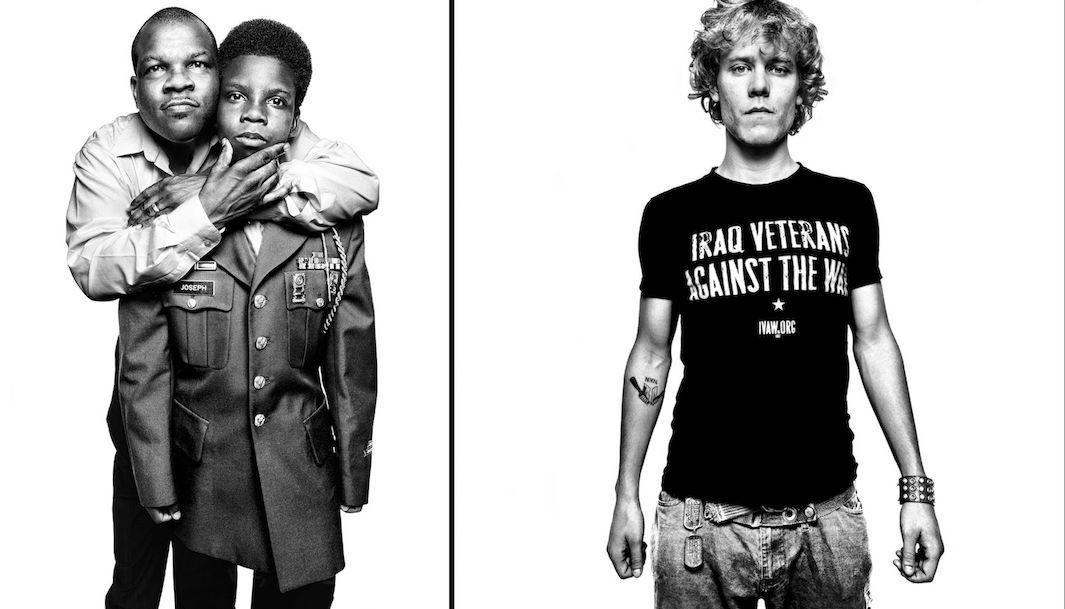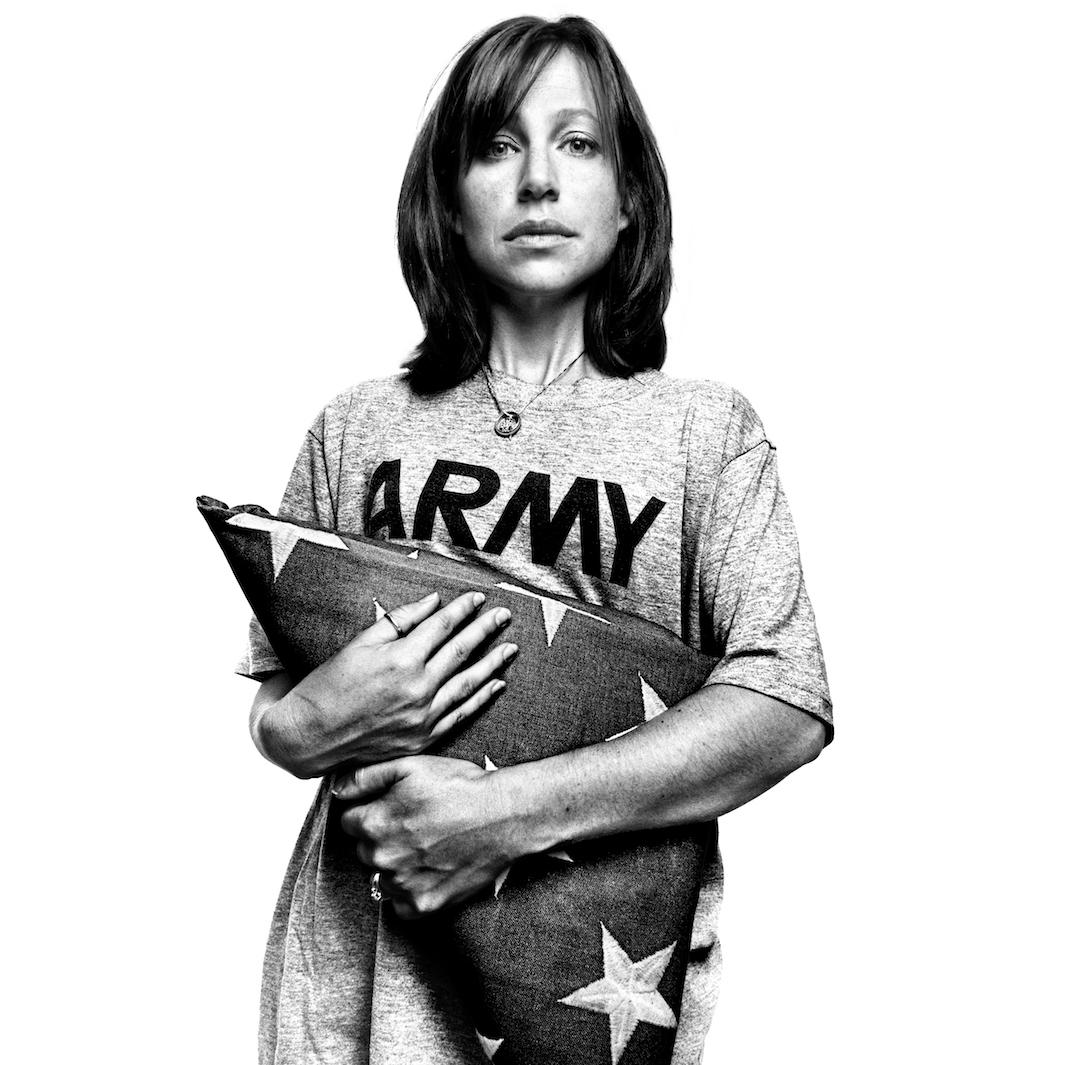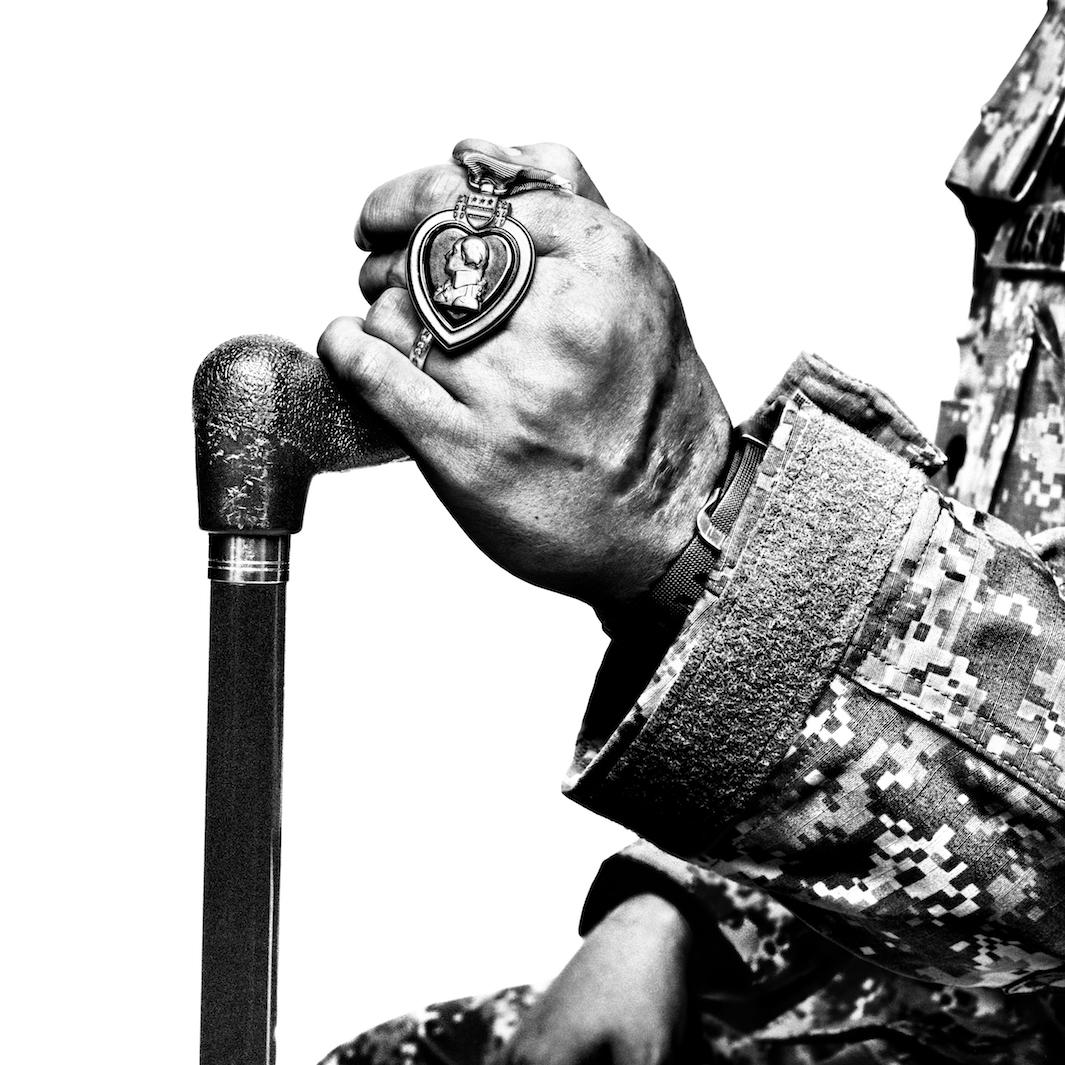By the time he was hired as a New Yorker staff photographer in 2008, Platon, who goes by his first name only, had already photographed more than a hundred of the world’s most powerful leaders for editorial assignments. So when he started talking with photo editor Elisabeth Biondi about his first photo essay for the magazine, they decided it would spotlight another kind of leadership—that of military service members.
Back then, as now, America’s wars in Iraq and Afghanistan were hot topics. But as Platon and Biondi conceived the concept of the portfolio in the months before the 2008 presidential election, they decided on an approach more concerned with humanity than politics.
“We thought if we could focus on the sacrifices ordinary men and women and their families make for their country, then we could kind of remind the politicians that this is not just a philosophical argument. Peoples’ lives are at stake here,” Platon said.
The resulting photo essay, “Service,” which focused on the lives of service members before leaving for war and after their return, was published in a 16-page spread in September 2008 and won the magazine a National Magazine Award in photography the following year. Now, those photos, along with others never before published, are collected in a book, Service: Platon, which Prestel released in April. They are also on display at New York’s Milk Gallery from June 22 to July 24.

Copyright Platon, 2016

Copyright Platon, 2016
The photos Platon made of service members in the lead-up to war show, among other things, training in a mock Iraqi village at Fort Irwin, California, in the Mojave Desert; family members saying goodbye before deployment on the USS San Antonio; and cadets graduating at the United States Military Academy. Though they often capture the heartache of saying goodbye, many of the photos, Platon said, share a “sense of bravado and adventure.”
The section of the book featured here, “Coming Home,” meanwhile, tells a story of both joy and sorrow. In some photos, like the one of Airman 1st Class Christopher Wilson hugging his fiancée, Beth Pisarsky, after a six-month deployment in Iraq, Platon captures the glee of reunion after a deployment. Other photos—of soldiers missing limbs or suffering from PTSD, and family members dealing with devastating losses—serve as painful evidence of the suffering war brings.

Copyright Platon, 2016

Copyright Platon, 2016
Platon, a master of minimalist studio portraiture, doesn’t think of himself as a photojournalist. He considers a portrait session an “event” in which subjects pose as “a demonstration of their existence” and experience. His “charming and seductive” nature, Biondi notes in the book’s introduction, helps his subjects open up in front of the camera.
Nowhere, perhaps, were Platon’s interpersonal skills tested more than at Arlington Cemetery, where he photographed families at the graves of loved ones lost to war. Despite the grueling conditions of the highly emotionally charged day, he was able to capture one of the most moving photos of his project—a portrait of Elsheba Khan wrapped around the tombstone of her son, Spc. Kareem Rashad Sultan Khan, a Muslim who died serving in Iraq in 2007. When Colin Powell endorsed Barack Obama on NBC’s Meet the Press, he brought up the image as part of his call for a less polarized and prejudiced nation.

Copyright Platon, 2016

Copyright Platon, 2016
In a year when hate speech is broadcast at new volumes, the photo continues to urge viewers to see past differences and unite around a shared humanity. Meanwhile, Platon is still waiting for the day when all service members and their families will be recognized for their courage, sacrifice, and patriotism.
“I never would have imagined that picture would be perhaps even more relevant today than when I took it eight years ago. Eight years ago, ironically, I was trying to avoid politics—I was sick of it—and it sort of got pulled back into the political system. It seems I can’t escape from it. It must be in my DNA. Now I look at [the photo] and I see how divided our society has become,” he said.

Copyright Platon, 2016
